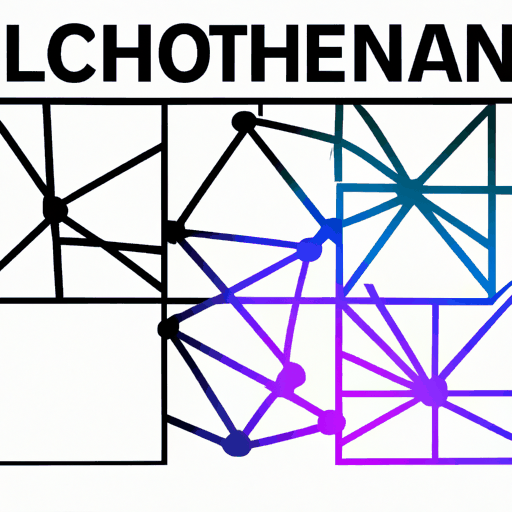
Operational Challenges Impacting Ethereum Layer-2 Networks
By: Eliza Bennet
Ethereum layer-2 solutions, crucial for scaling the Ethereum network, have recently encountered significant operational challenges. Notably, the Linea and Polygon networks experienced unforeseen technical issues that affected their performance, raising concerns over the reliability of these scaling solutions. These incidents highlight the ongoing technical hurdles that developers face in maintaining consistent uptime for rollup systems on the Ethereum blockchain.
Linea, a layer-2 network developed by Consensys, faced a disruption in its block production, which was confirmed to have lasted for approximately 46 minutes. This outage coincided closely with Linea’s highly anticipated token airdrop, adding to the unease among users and investors. The gap between block production was attributed to reduced performance from the mainnet sequencer. Although details remain sparse, Linea has reassured users that operations have resumed normalcy. Importantly, the interruption did not deter interest, as data from L2Beat showed a 20% increase in the total value secured on the Linea network, reaching approximately $1.7 billion.
Parallelly, Polygon faced its own challenge when a bug in its Bor and Erigon nodes resulted in a delay in achieving consensus finality. This delay affected the performance of some remote procedure call (RPC) services and caused disarray among applications built on Polygon. The root of the problem was isolated quickly, and a fix was disseminated across the validator network to address the issue. Despite the disruption, the Polygon blockchain continued to operate and produce blocks, although RPC providers and validators had to sync to the last finalized block.
These events underscore the complexities in scaling Ethereum through layer-2 solutions and the need for resilient infrastructure that can adapt to unexpected challenges. Both Linea and Polygon are vital components of Ethereum's broader scaling strategy, and their recent glitches serve as a reminder of the ongoing efforts required to enhance network reliability and user trust. As the cryptocurrency landscape evolves, ensuring the robustness of layer-2 networks will be pivotal in supporting Ethereum’s expanding ecosystem.



